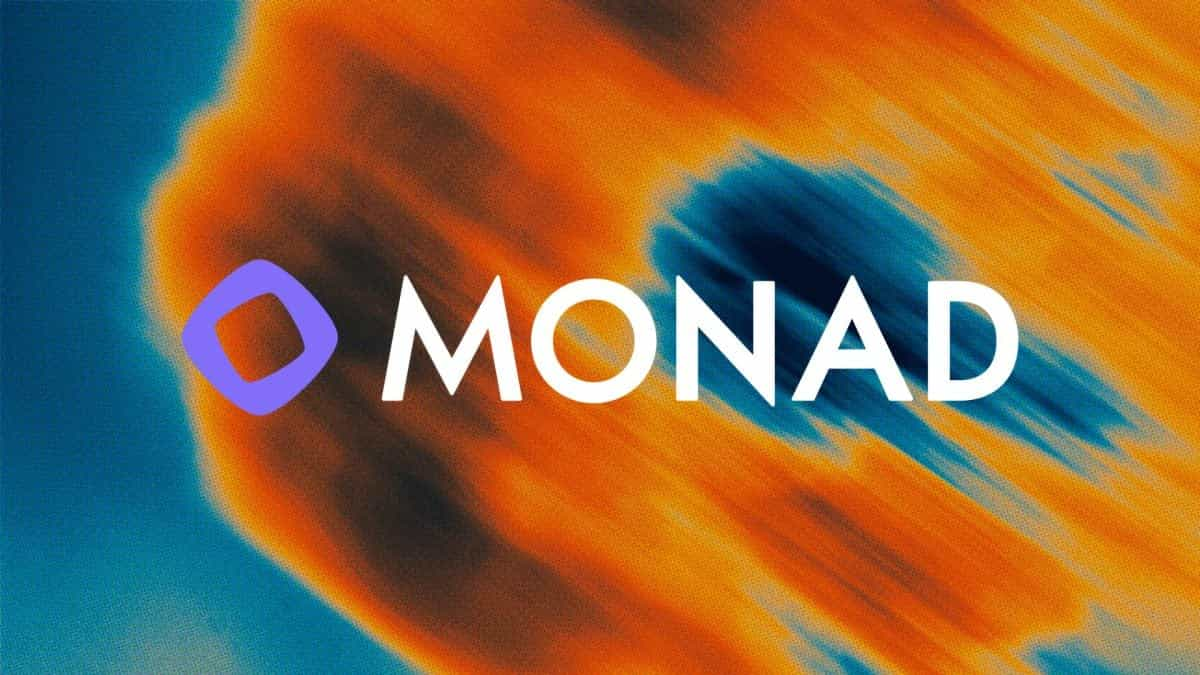
J6pQQ...feMfvd

DoubleZero (2Z) JPY Price
2z Market stats
About DoubleZero
DoubleZero Price Data
DoubleZero (2Z) currently has a price of ¥19.6 and is down -2.68% over the last 24 hours. The cryptocurrency is ranked 166 with a market cap of ¥68B. Over the last 24 hours, it saw ¥7.6B of trading volume. The token has a circulating supply of 3.5B tokens out of a total supply of 10B tokens.
DoubleZero is a next-generation infrastructure layer designed to solve one of the most persistent bottlenecks in blockchain and distributed-system performance: the limitations of the conventional public internet. Instead of relying on shared, congested network routes, DoubleZero builds a permissionless, contributor-driven network of dedicated fiber‐optic links and specialized hardware, creating a so-called “N1” layer — a foundational transport fabric beneath Layer 1 and Layer 2 blockchains. Through this architecture, validators, applications and protocols gain access to dramatically lower latency, reduced jitter, and greater bandwidth — outcomes critical for fast block propagation, cross-chain messaging and latency-sensitive use-cases.
At the heart of the ecosystem lies the 2Z token, an SPL-token on the Solana blockchain that functions both as utility and governance instrument. Token-holders can pay for access to premium bandwidth, stake or delegate support to contributors, and vote on protocol-level parameters such as validator reward curves, bandwidth pricing floors and integrations with new blockchain clusters. Infrastructure contributors — fiber-link operators, hardware hosts and validator-node participants — are rewarded in 2Z for supplying measurable performance enhancements such as lower latency or higher throughput, aligning economic incentives with network quality.
The vision underpinning DoubleZero is to turn decentralized systems’ weakest link — network communications over the public internet — into a performance advantage. By offering a physical-layer network fabric that’s tailor-made for blockchain propagation and distributed applications, DoubleZero positions itself as the “invisible” infrastructure glue that enables blockchains to finally match high-frequency finance, real-time gaming, machine-learning inference and other demanding use-cases.
However, as with any early-stage infrastructure venture, the risks are non-trivial. The scalability of the contributor network depends on recruiting diverse fiber-owners, maintaining stringent service-level performance and validating on-chain measurement systems. Moreover, token-economics must balance growth incentives, staking yields, utility demand and long-term value capture — tasks easier said than done.
In summary: DoubleZero seeks to redefine the infrastructure stack of decentralized systems by building a dedicated network layer beneath them. For projects, validators and developers that demand ultra-low latency and high-throughput connectivity, 2Z offers a regulated token instrument that bridges economic alignment and network access. At the same time, the model remains speculative: meaningful value realization depends on robust contributor adoption, application demand and protocol execution.
Disclaimer: The “About” content was generated with the use of AI. For feedback and sponsorship enquiries, email [email protected].
© 2025 The Block. All Rights Reserved. This article is provided for informational purposes only. It is not offered or intended to be used as legal, tax, investment, financial, or other advice.










